Marketing Psychology: The Secret to Influencing Customer Behavior (Part Three)
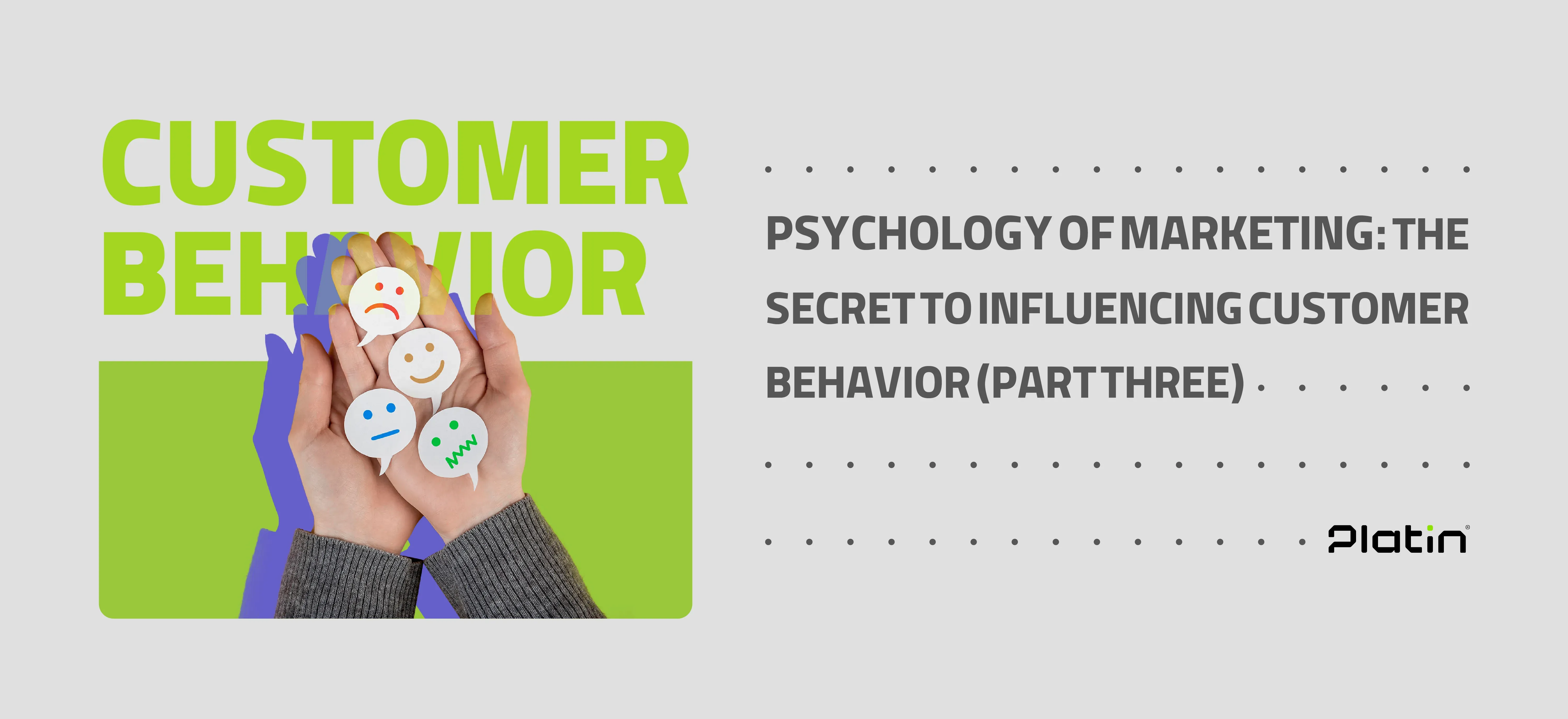
Introduction
The key to brand success in marketing lies in a deep understanding of the customer’s mind and the ability to influence their behavior. This article series, focusing on marketing psychology, explores the link between psychology and marketing strategies, demonstrating how successful brands have influenced customer decision-making by leveraging principles such as acknowledging resistance, the blemishing effect, the endowment effect, reducing options, the halo effect, and injunctive norms.
By reviewing real examples from brands like Zappos, Baron Fig, Adidas, and Body Shop, readers will become familiar with 46 key principles of marketing psychology and learn how to apply these practically in digital marketing campaigns. This three-part series continues in this third article with the introduction of 15 principles. It is a comprehensive guide for creating optimal customer experiences, increasing engagement and trust, and shaping purchasing behavior toward sustainable brand growth.
What is Sales Psychology?
Sales psychology means deeply understanding how customers think, feel, and make decisions during the buying process. Contrary to the common misconception that buying is a purely logical decision, sales psychology rests on the principle that customers are influenced by emotions, beliefs, cognitive biases, and unconscious triggers. A salesperson who masters the principles of sales psychology can simplify and enhance the buying process by identifying hidden needs, building trust, reducing psychological resistance, and using persuasion techniques.
In today’s world, where most purchasing interactions happen digitally, sales psychology has become a key tool for designing effective campaigns, optimizing user experience, and increasing conversion rates.
Principles of Sales Psychology
As mentioned, customers don’t rely solely on logic in their purchasing decisions; they are influenced by emotions, cognitive biases, and unconscious triggers. Successful brands understand this reality and use sales psychology principles to shape customer behavior. Here, you will learn 15 key principles of sales psychology that help design more effective marketing messages, build audience trust, and increase conversion rates.
Acknowledging Resistance
A notable example of this technique is World Market’s email campaign, where the brand admits within the email that its messages may feel repetitive. This approach is effective because resistance to advertising and marketing is increasing today. Acknowledging resistance can increase brand popularity, reduce customer hesitation, improve conversion rates, and foster a more intimate connection with customers.

Mere Exposure Effect
Zappos consistently tweets and uses popular language and memes among its audience, keeping the brand constantly present in customers’ minds. According to this psychological effect, the more customers see your brand, the more value they assign to it. This technique can be executed by maintaining a strong presence on social media, advertising, and emails, while repeating key messages in marketing communications.

Personification
In advertising, personification means attributing human characteristics to a brand or product. This can enhance customer connection with the brand or even create humor, as seen in the famous PC vs. Mac ads. To personify a brand, you must reflect your brand’s identity and values consistently across online communications and use a unique style and tone in messaging.
Set Completion
Baron Fig’s ads show an image of a starter kit, encouraging customers to complete their purchase. This method works because people like to finish incomplete tasks; thus, offering products to complete a set motivates further buying. Brands should display complementary products together to encourage bundled purchases.
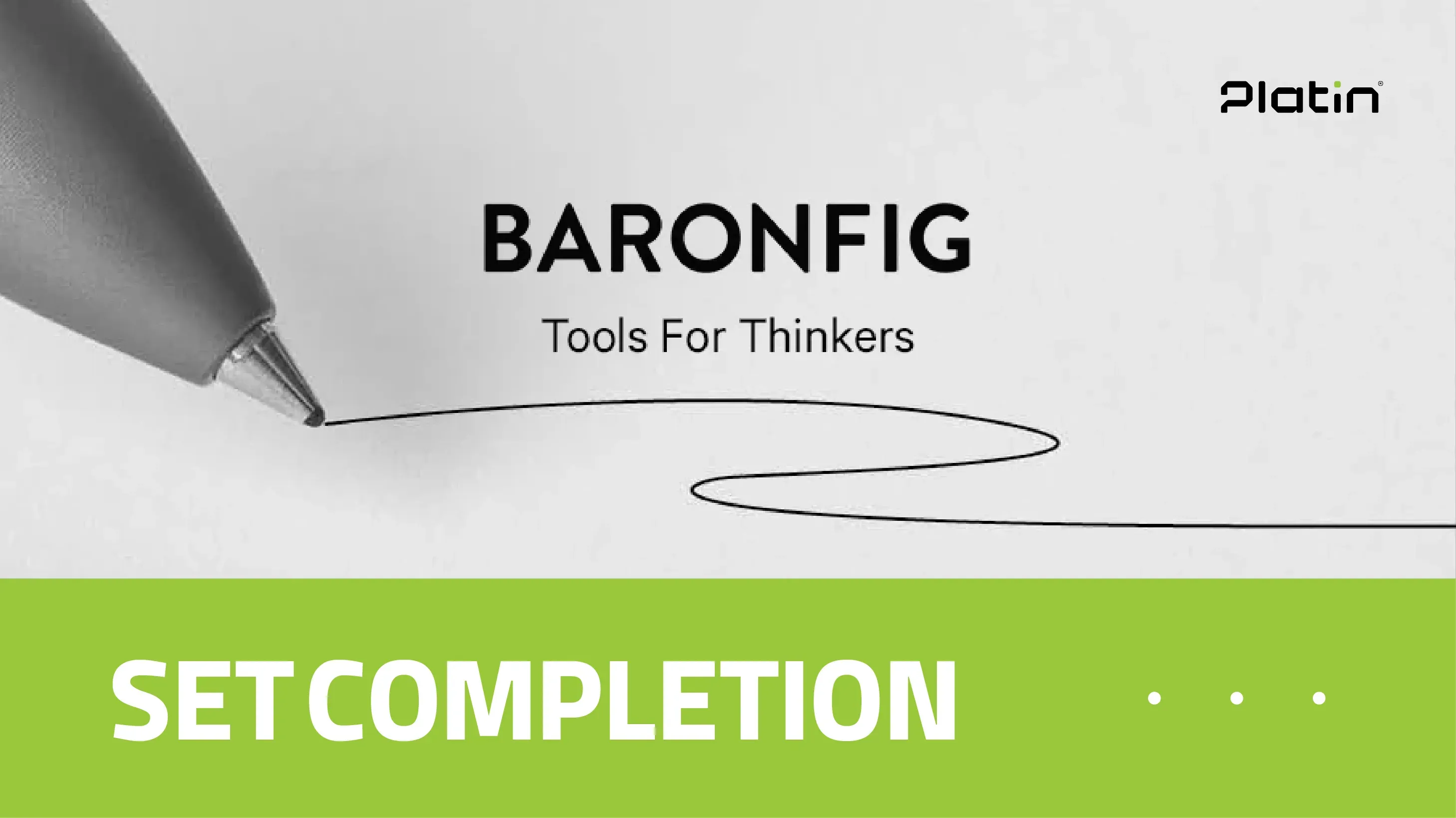
Blemishing Effect
Amazon displays customer reviews without censorship. Even though some products have 5% negative reviews, this minor flaw increases brand credibility and honesty. Transparency in sharing information makes brands appear more trustworthy to customers.
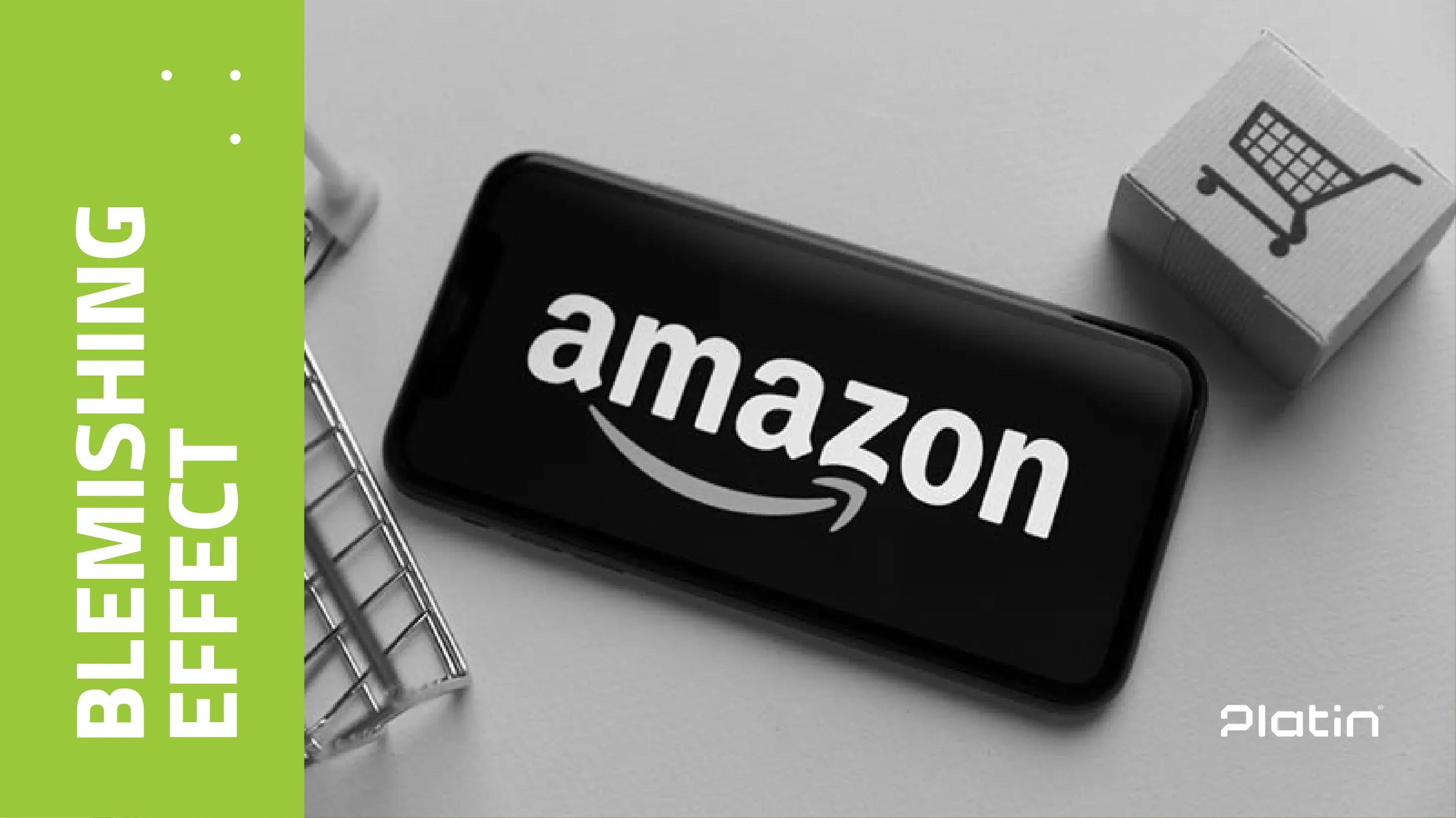
Endowment Effect
Buffy allows customers to try products before paying. According to this effect, when a person temporarily “owns” an item, they assign more value to it. This can be implemented by offering free samples, trial periods, in-person product interaction (concept stores), or using VR/AR to showcase products in customers’ environments.
Reduce Options
The online store Molekule offers only two purchase options. This reduces purchase anxiety and strengthens brand identity. Offering too many options can create stress, while limited, clear choices simplify decision-making.
Hobson’s +1 Choice Effect
Oliver Bonas offers gift wrapping as an additional payment option at checkout. This extra, non-mandatory choice makes decisions easier by giving customers a sense of control and independence.

Guarantees
Luxury brands often provide long-term warranties, like a two-year guarantee from a watch store, which builds customer trust. Offering warranties or money-back guarantees on expensive products can be a competitive advantage in marketing campaigns.
Halo Effect
If a brand provides guarantees for its products, this positively influences the overall perception of the brand in other areas as well. Known as the “halo effect,” a positive impression in one domain improves perceptions in others. For example, Toms promotes anti-violence t-shirts, positioning itself socially as optimistic and against violence, enhancing positive brand perception across categories.
Brands can leverage this by designing professional e-commerce sites, showcasing charitable goals or social stances, emphasizing free shipping, promoting eco-friendly supply chains, using sustainable materials, and transparency in pricing.
Injunctive Norms
Adidas uses product tags to highlight recycled materials. Injunctive norms show us how to behave in society and strongly influence purchasing decisions, especially in sustainability and environmental preservation. This technique can involve product labels or targeted campaigns demonstrating a brand’s commitment to socially approved behaviors, or featuring these norms as unique selling points.
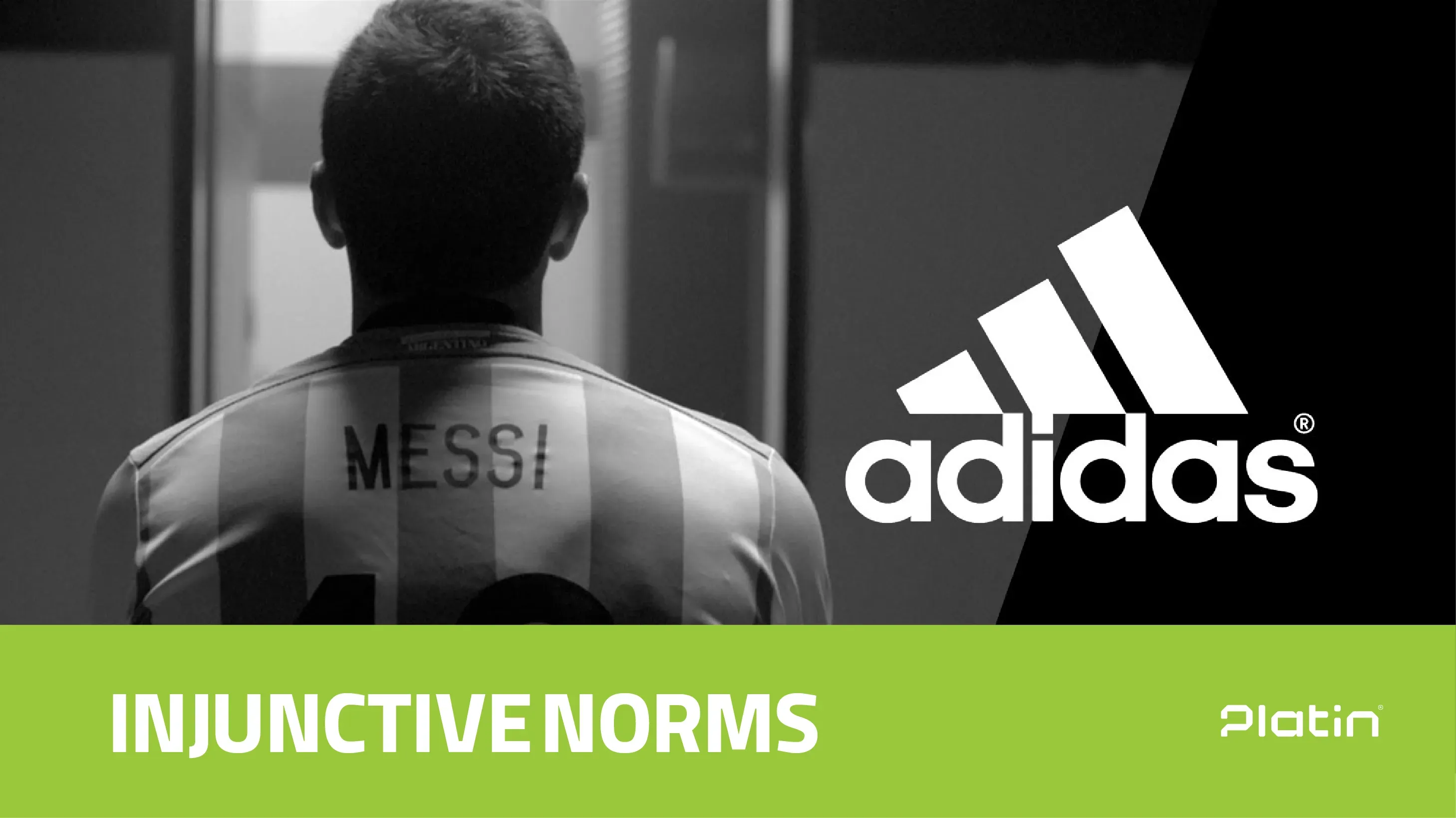
Reciprocity
Body Shop uses reciprocity by offering free samples. This principle is innate in human interactions—when we receive something, we feel compelled to give back. Customers subconsciously want to “repay” when buying, affecting their decisions. Brands can provide free samples, trial periods, or share valuable content via blogs and educational materials.
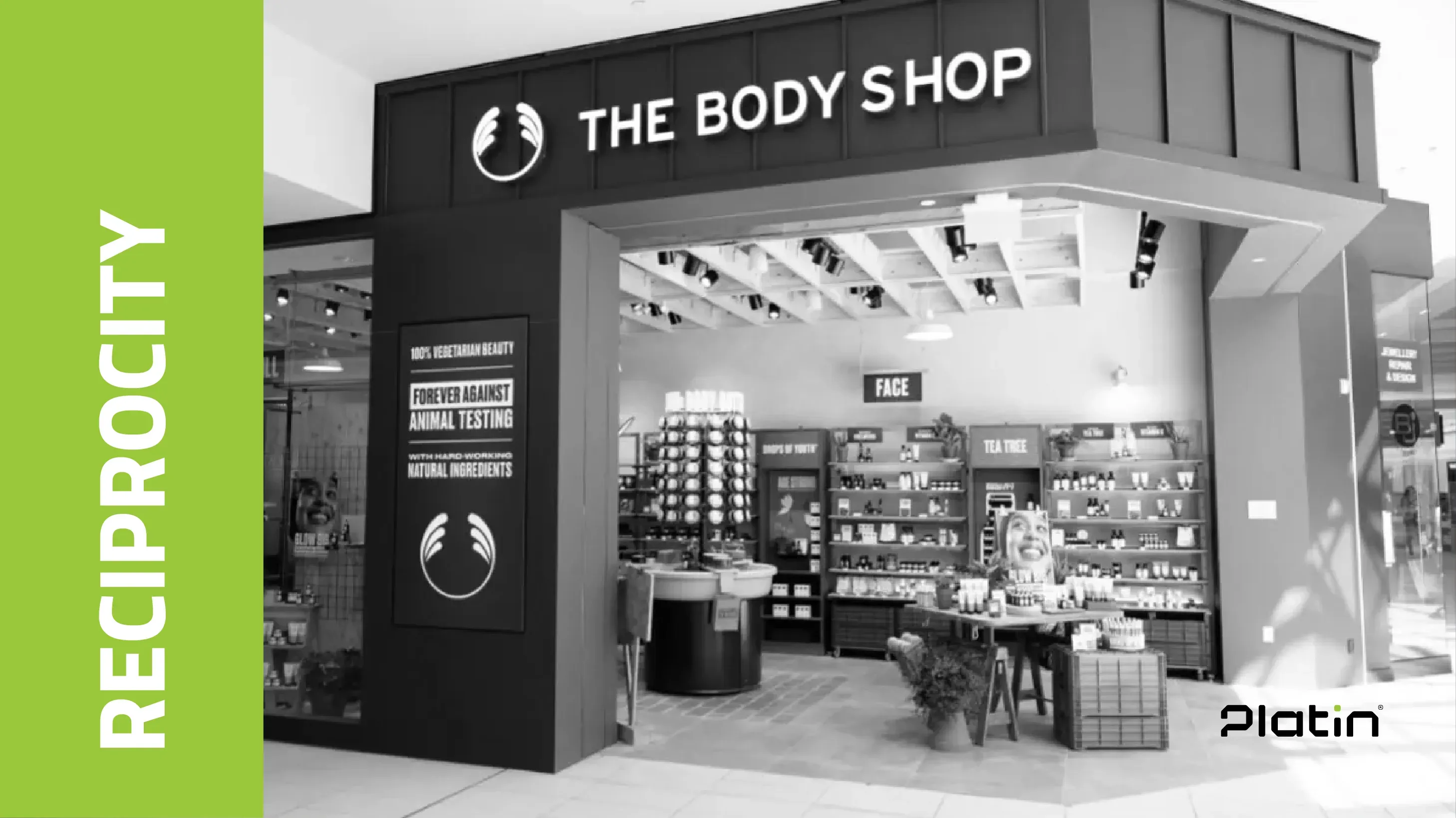
Information Bias
Amazon provides detailed product descriptions, especially on product pages. The more information customers have, the higher value and quality they assign to products. Brands should make product information easily accessible and present it through user reviews, attractive images, and related recommendations.
Nudges
Lush uses product labels to stimulate purchase behavior, such as “limited edition” tags, invoking scarcity. Nudge marketing uses subtle stimuli that unconsciously increase buying behavior. E-commerce can use exit pop-ups to retain customers, dynamic labels with psychological triggers, smart notifications to encourage purchases, and default options like expedited shipping to optimize customer journey.
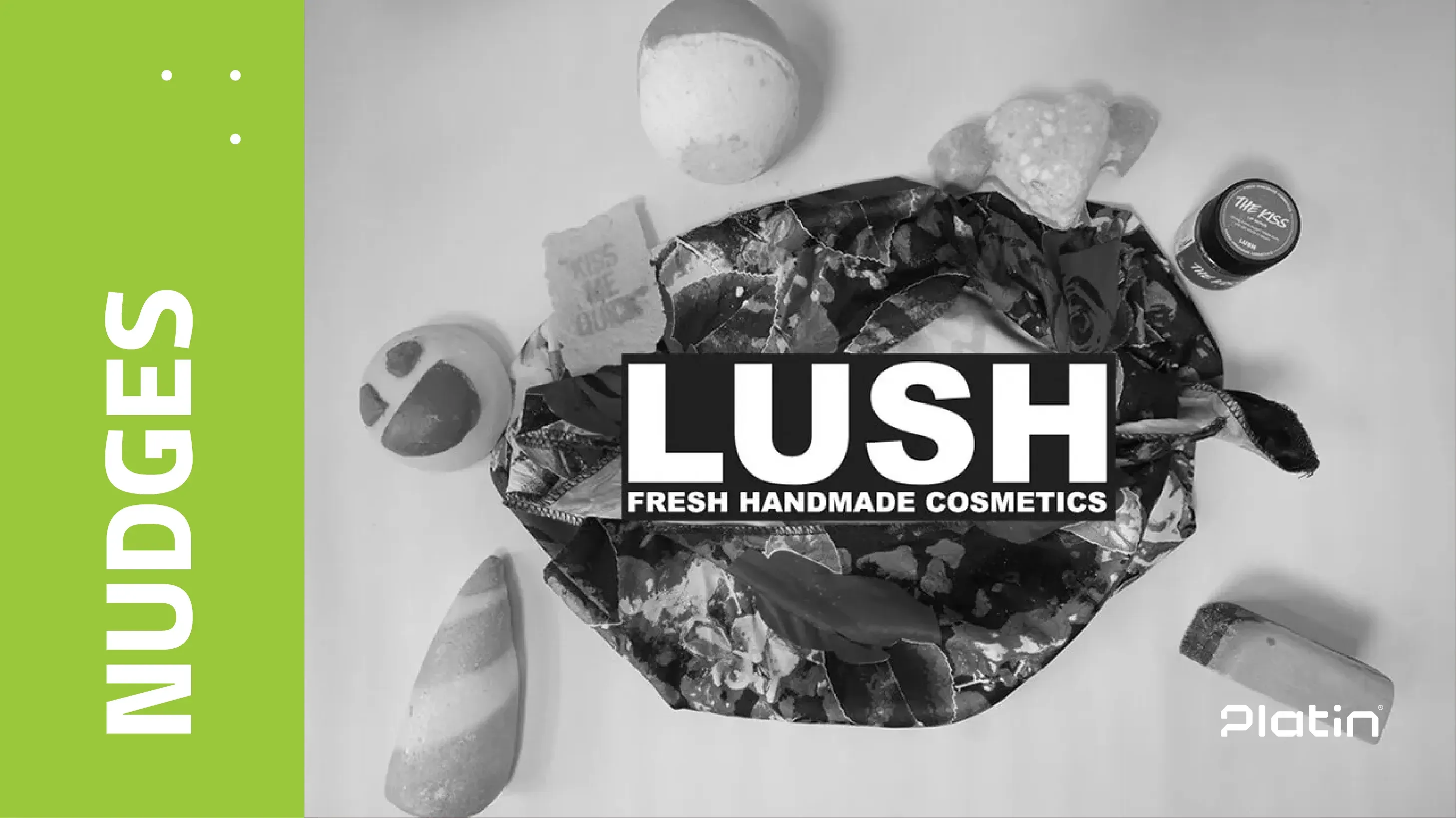
Pro-Innovation Bias
Customers naturally gravitate toward new and innovative products. Launching “first-of-its-kind” products, like an eco-friendly refrigerator, benefits from this bias. Psychology shows consumers like to be among the first to try new innovations and may overlook minor flaws if innovation stands out. Marketing campaigns should highlight product innovation, showcase new technologies, and introduce pioneering products to excite customers.
Practical Techniques in Sales Psychology and Marketing
In today’s intense brand competition for market share, practical use of cognitive and behavioral psychology principles can effectively improve sales and customer interaction. Acknowledging resistance through honest engagement with customer doubts reduces their defensive walls, suitable for e-commerce selling apparel and accessories. Guarantees build reassurance, essential for electronics and digital goods. Injunctive norms, emphasizing social responsibility and approved behaviors, work well for sustainable fashion.
Reciprocity triggers an unconscious desire to give back, ideal for cosmetics and personal care. Information bias, through detailed and accurate product info, enhances quality perception, valuable for industrial tools and equipment. Pro-innovation bias attracts tech enthusiasts, critical for startups. Reducing options eases decision anxiety, suitable for watch and jewelry stores. Blemishing effect by transparently showing minor flaws boosts authenticity in furniture and interior decor, and endowment effect via free trials increases belonging in software and digital services.
Combined with audience insight and creative brand storytelling, these techniques help businesses build lasting positions in customers’ minds and boost conversion rates.
Summary
This article, focusing on cognitive and behavioral psychology in marketing, examines how brands influence customer perception, feelings, and behavior. Analyzing examples from well-known brands like Zappos, Baron Fig, Adidas, and Body Shop, it introduces 15 psychological principles effective in the buying process, including acknowledging resistance, mere exposure effect, personification, set completion, blemishing effect, endowment effect, reducing options, Hobson’s +1 choice, guarantees, halo effect, injunctive norms, reciprocity, information bias, nudges, and pro-innovation bias.
These principles rely on unconscious mental mechanisms, cognitive biases, and emotional needs, providing brands with effective tools to shape buying behavior, increase engagement, and build customer loyalty. Along with introducing these principles, practical solutions for applying these techniques across various businesses—from e-commerce to furniture, apparel, restaurants, and tech startups—are discussed. The article aims to offer actionable insights for brands to combine these techniques and design targeted customer experiences that communicate their message more effectively and smartly increase conversion rates.
The main goal is to give businesses practical insight to leverage sales psychology and user experience design for more impactful brand messaging and smarter management of buying behavior.
Platin Marketing & Communications Agency, relying on sales psychology and consumer behavior principles, offers specialized services including business model development, loyalty program design, marketing plan development, and 360-degree advertising campaigns. These services aim to increase brand message effectiveness, deepen customer engagement, and foster sustainable sales growth. Platin paves the way for stronger brand-consumer connections through a data-driven and creative approach.
FAQ
- Why is acknowledging customer resistance effective?
Answer: The “acknowledging resistance” technique shows that when a brand honestly admits customer doubts or fatigue—e.g., “We know these emails are repetitive, but…”—it breaks down the customer’s defensive walls and gains their trust. This reduces resistance, increases brand popularity, and improves conversion rates. - How does gentle repetition of brand presence increase interest?
Answer: Based on the “mere exposure effect,” the more customers see a brand—through consistent tweets or Instagram stories—the more familiar and valuable they perceive it. Repeating key messages on social media or email marketing reinforces this interest. - What are the benefits of personifying a brand?
Answer: Personification, by attributing human traits to a brand or product (e.g., a virtual character with a warm voice), creates emotional connection and intimacy. This technique makes the brand tangible, memorable, and increases customer trust. - How does showing a minor flaw increase brand credibility?
Answer: The “blemishing effect” happens when a brand openly reveals a small defect (e.g., 5% negative reviews), showing it doesn’t censor information. This transparency highlights authenticity and honesty, boosting customer trust. - Why is offering free samples or trials effective?
Answer: The “endowment effect” says that when customers temporarily feel ownership of a product—like through a free trial—the perceived value increases. This feeling of belonging motivates final purchase and long-term loyalty. - How can behavioral nudges stimulate sales?
Answer: Behavioral nudges subtly trigger purchase behaviors, such as a 20% discount popup for the next order when exiting the shopping cart, encouraging continuation without direct pressure and improving conversion rates.
Resources: